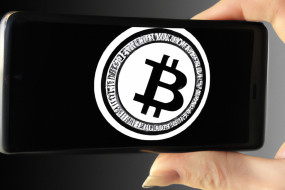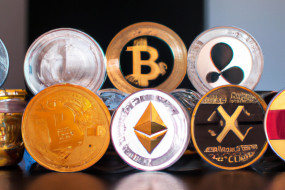
In recent years, many people have become interested in cryptocurrency as a viable investment option. One concept that has gained traction in the world of digital assets is tokenization, which involves the creation of digital tokens that represent ownership of an asset. In this article, we’ll explore what cryptocurrency tokenization is, how it works, and why it has become an increasingly popular method for investing in assets.
What is Cryptocurrency Tokenization?
Tokenization is the process of converting an asset into a digital token that is stored on a blockchain. This token can be bought and sold, just like any other cryptocurrency. In the context of investing, tokenization refers to the creation of a token that represents ownership in a physical asset such as real estate, artwork, or a company. The token is issued on a blockchain, giving investors access to the underlying asset without actually owning it.
How Does Cryptocurrency Tokenization Work?
When a physical asset is tokenized, it is first valued by an appraiser or asset manager. The value is then divided into a set number of tokens, which are usually sold through an initial coin offering (ICO). Each token represents a fraction of ownership in the asset, and investors can buy as many tokens as they like. Once the ICO is over, the tokens are traded on a cryptocurrency exchange, just like any other digital asset.
Why Is Cryptocurrency Tokenization Important?
There are several advantages to tokenizing assets using blockchain technology. For one, it allows investors to buy and sell shares in an asset easily and quickly, without having to go through a lengthy and complex process. Additionally, it provides a high level of liquidity, meaning investors can easily buy and sell tokens on a secondary market. Tokenization also allows for fractional ownership, which means more investors can participate in the ownership of expensive assets that were previously only available to a select few.
















